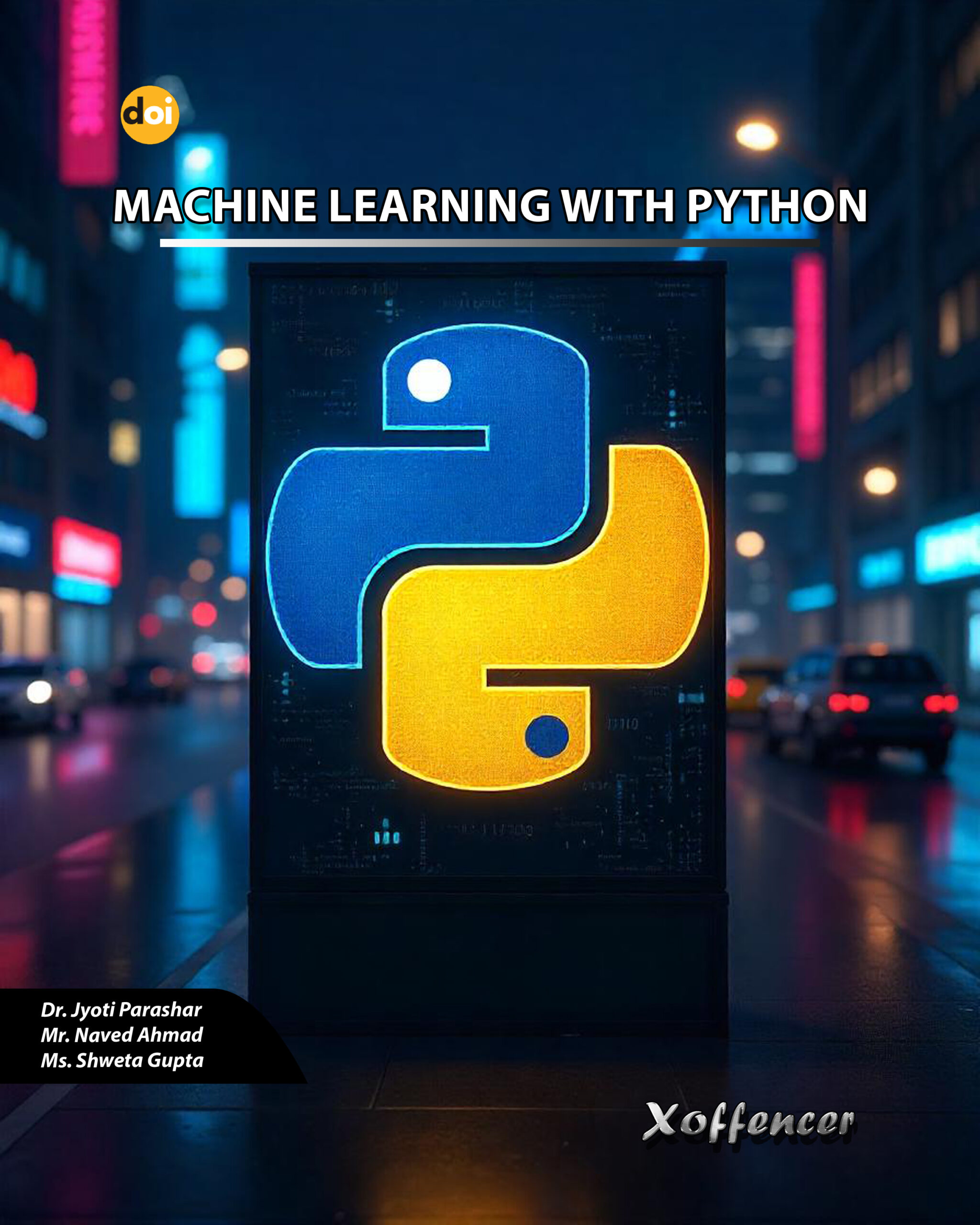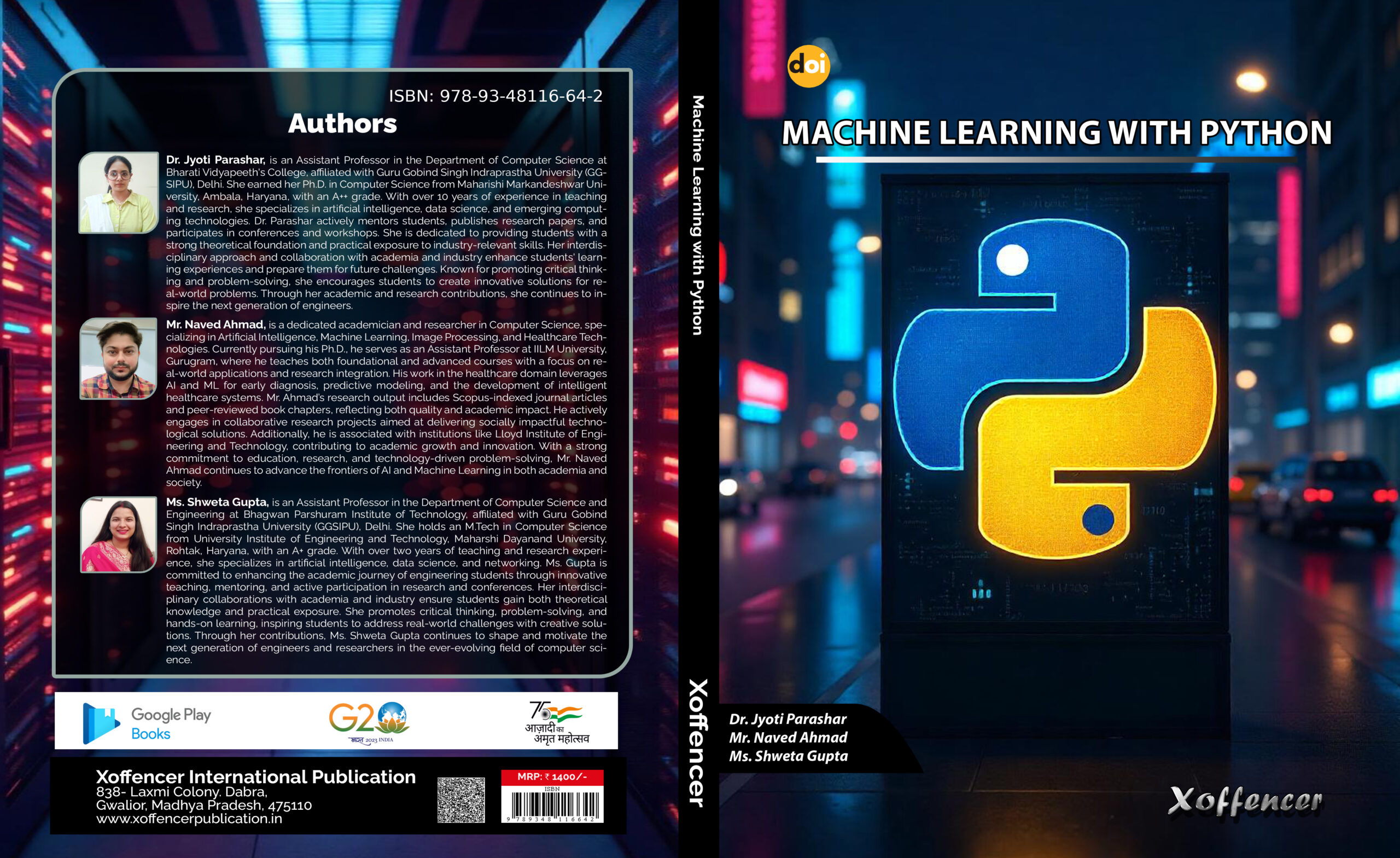Description
Machine learning with Python has revolutionized the field of data science, providing a powerful, flexible, and accessible toolkit for creating models that learn from data and make predictions or decisions without being explicitly programmed. Python, with its simplicity and vast ecosystem of libraries, such as Scikit-learn, TensorFlow, Keras, and PyTorch, has become the go-to language for both beginners and experts in the machine learning domain. These libraries offer extensive support for tasks like data preprocessing, model building, evaluation, and optimization. Machine learning algorithms ranging from supervised learning methods such as regression and classification to unsupervised techniques like clustering and dimensionality reduction can be easily implemented and customized in Python to solve real-world problems across various industries, including healthcare, finance, marketing, and autonomous systems. Python’s integration with libraries like Pandas and NumPy also enables efficient handling of large datasets, while Matplotlib and Seaborn facilitate comprehensive data visualization for better insights. With the growing popularity of deep learning and neural networks, Python’s role in machine learning continues to expand, driving innovations in areas such as natural language processing (NLP), computer vision, and predictive analytics. Additionally, Python’s open-source nature and large community support make it an ideal platform for learning, experimenting, and deploying machine learning models, bridging the gap between research and practical applications. As machine learning continues to evolve, Python remains at the forefront, empowering researchers, developers, and data scientists to create intelligent systems and solve complex problems through data-driven solutions











Reviews
There are no reviews yet.